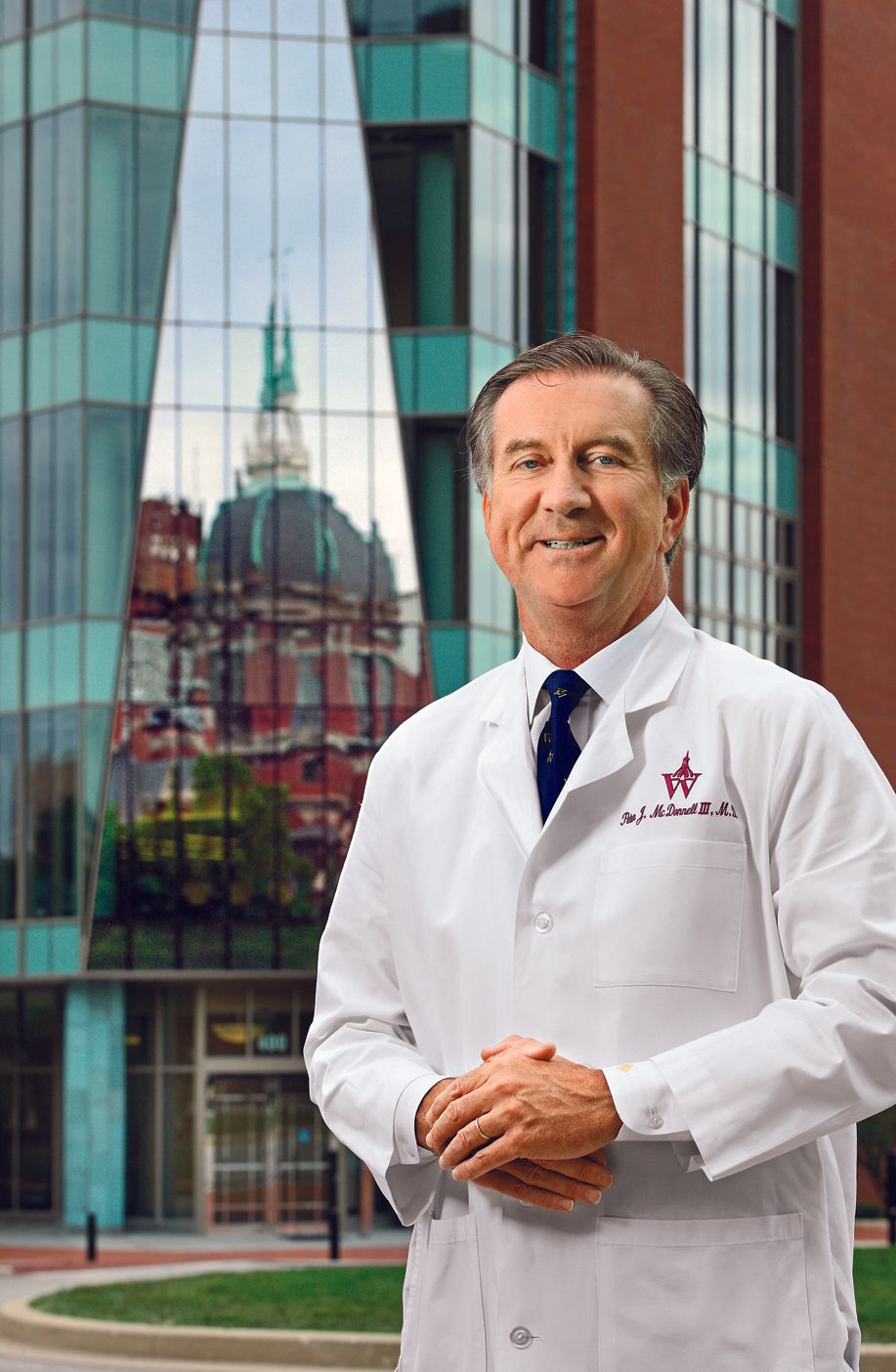Article
Wishing You a Moderate New Year

Dr. McDonnell
By Peter J. McDonnell, MD
With the New Year upon us, I find myself looking forward to a festive holiday complete with copious adult beverages, but then I read a report in one of our medical journals that left me shaken (if not stirred).
Like all guys, I came to admire James Bond while a boy and aspired to be like him as a man. Most women I know found him extremely attractive (the Sean Connery Bond more so than the Roger Moore version). He was fun loving, self-confident, lucky, smart, and successful with the opposite sex, all while sipping one martini after another.
But it turns out this is all fantasy.
According to the British Medical Journal1, a review of the 007 novels reveals that he consumed 92 units of alcohol weekly (2 units being equivalent to a 6-oz glass of wine or pint of beer), with a daily consumption as high as 50 units. About 1 day out of 6 did Bond not imbibe, because he was being held prisoner and presumably his captors were not thoughtful hosts.
According to the authors of this study, a man this bibulous would not be the highly functioning secret agent portrayed in the movies. Rather than being a deadly shot, he would likely have alcohol-induced cerebellar damage that would lead to tremors. Instead of being athletic and able to battle it out with the evildoers, he would probably be jaundiced from cirrhosis and in poor physical shape. And here’s some sobering news: rather than being a lady-killer, there is a good chance Bond would be impotent!
I suppose the good news is that his eyes would still likely be in good shape, as the literature suggests our eyes are relatively impervious to the effects of martinis.
The majority of studies show either a very weak or undetectable relationship between alcohol consumption and the common eye diseases of adults. Prospective cohort studies2 do not show an association with cataract, there may be a very weak increased risk of age-related macular degeneration and there is little evidence of an association with glaucoma.
Of course, we all learned about tobacco-alcohol amblyopia in our residencies, but this is fairly rare. In addition, corneal and external disease specialists are aware that severe alcoholics (the homeless gentlemen who come to inner-city emergency rooms) are immunocompromised and at an increased risk for having multiple pathogens contributing to their infectious keratitis.
Regulating alcohol intake?
Because malnutrition often goes hand-in-hand with severe alcoholism, the relative impact of the two conditions may be difficult to parse.
According to the authors, the bad habits of James Bond reflect those of his creator, Ian Fleming. Ian, a former naval intelligence officer, liked to drink and smoke to excess and died at the ripe old age of 56. “Shame on him” the writers of this article in the BMJ seem to conclude, not addressing the fact that, for someone allegedly incapacitated by too much alcohol, Fleming was certainly a fabulous success in his genre.
Based upon this information, what should the prudent ophthalmologists do this holiday season in terms of regulating alcohol intake? I propose the following:
1. 50 units of alcohol in a day (the equivalent of 25 glasses of wine or 20 martinis) are probably on the high side. Try cutting this in half, especially if you have a lot of femtophaco surgeries scheduled the next day.
2. Resveratrol in red wine is allegedly healthy, although the data that it prevents Alzheimer’s and other degenerative conditions are not convincing.
3. The Brazilian drink termed the caipiroska is the best beverage ever invented and perfect for New Year’s celebrations. The fresh lime juice prevents scurvy. Impress your friends by learning how to make it this at http://www.youtube.com/watch?v=fm6_0ydjqvA
1. Johnson G et al. Were James Bond’s drinks shaken because of alcohol inducted tremor? BMJ 2013;347:7255.
2. 2. Wang S, Wang JJ, Wong TY. Alcohol and eye diseases. Surv Ophthalmol 2008; 53:512-25
Subscribe to Ophthalmology Times to receive the latest clinical news and updates for ophthalmologists.
Newsletter
Don’t miss out—get Ophthalmology Times updates on the latest clinical advancements and expert interviews, straight to your inbox.




